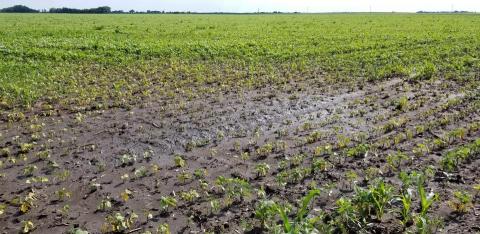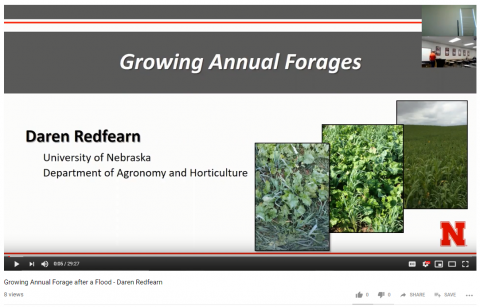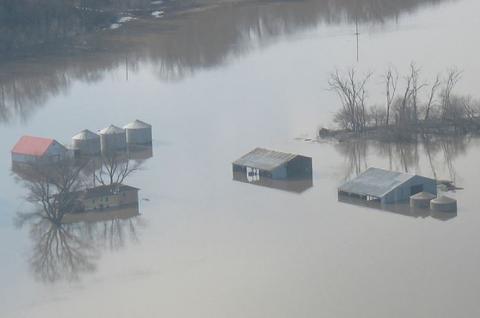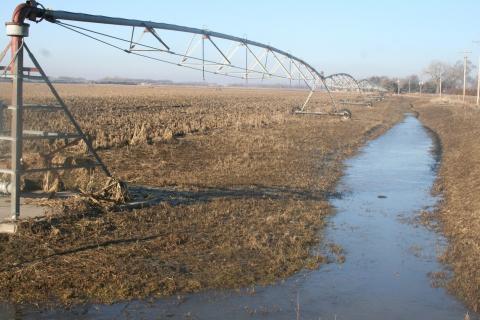Response of Germinating and Early Season Soybeans to Flooding
May 30, 2019
Injury to germinating and seedling soybean from flooding depends on several factors, including soybean growth stage, flood duration, and air and soil temperature and varies the varieties. Pythium and Phytophthora are two diseases to scout for after flooding.
Replanting Corn: Things To Do and Think About
May 24, 2024
Recent flooding events beginning May 20-21, 2024 in portions of the state have some concerned about the need to replant corn when waters recede. It’s important to assess potential recovery before making replant decisions.
Watch for Invasive Plants After the Flood
April 23, 2019
Flood waters likely moved weed seeds, possibly introducing invasive or particularly problematic weeds in new areas of the state. Management of many of these weed species is best achieved early season when several practices may be integrated to achieve control.
Growing Annual Forages to Replace Flood Losses
April 12, 2019
Five video presentations are now available to address seed selection and production of annual forages that might be used to replace hay and pasture lost to the flood. Topics include successful forage production, nutrient value of the feed, and related government program.
Disposing of Flood-Soaked Grains and Forages
March 28, 2019
Regulatory considerations and recommended actions for managing flood-soaked grains and forages no longer usable for food or feed.
Should Leases be Adjusted for Flood-Damaged Farm Ground?
March 28, 2019
This article provides guidance on adjusting rental rates for flood-damaged cropland with different lease characteristics, including having that important landlord-tenant discussion this spring before planting.
Nebraska Extension Resources for Flood Victims
March 27, 2019
Nebraska Extension offers a number of resources for flood response and recovery, from how to safely reenter homes and work in contaminated areas to testing domestic wells for bacteria.
Management Recommendations for Irrigation Equipment Affected by Flooding
March 25, 2019
As waters drain and soils dry out, part of the recovery process will include checking irrigation systems for damage and performing maintenance/repair before those systems can be used. Here's what to check in your power unit, irrigation well, and center pivot.







